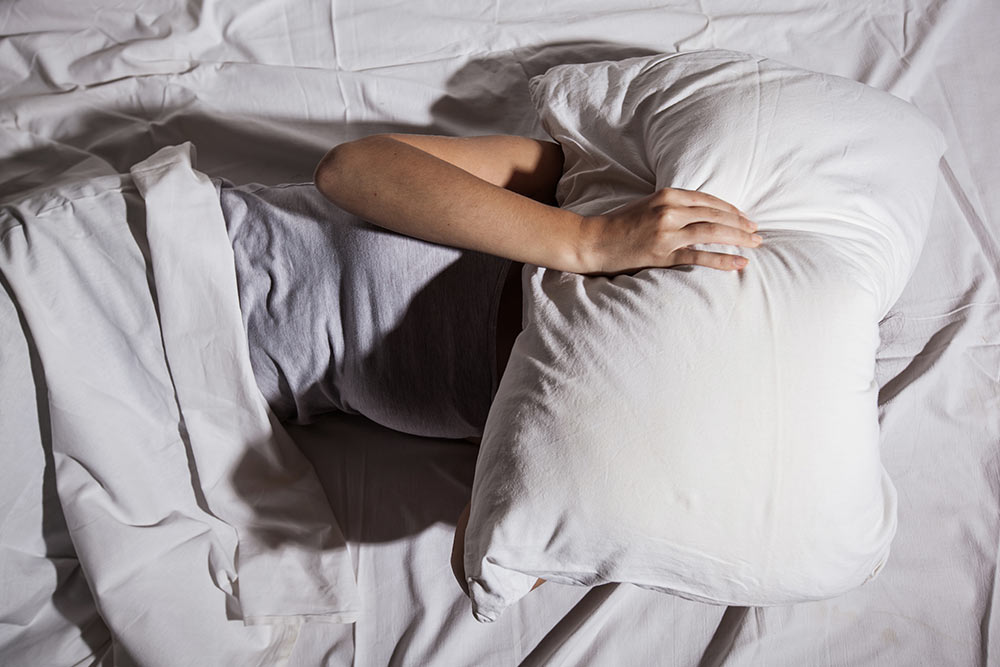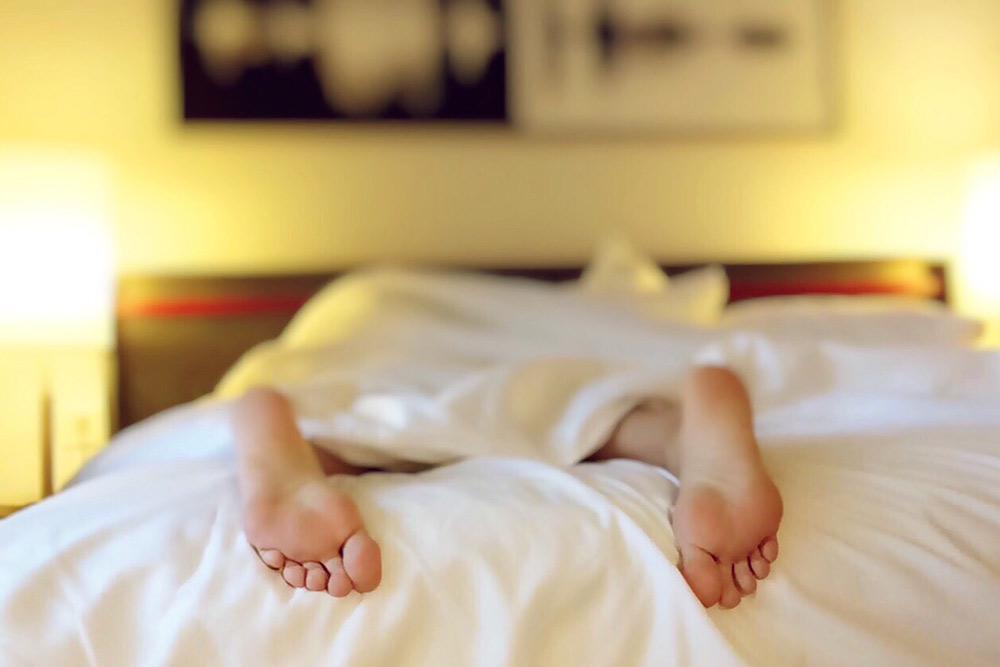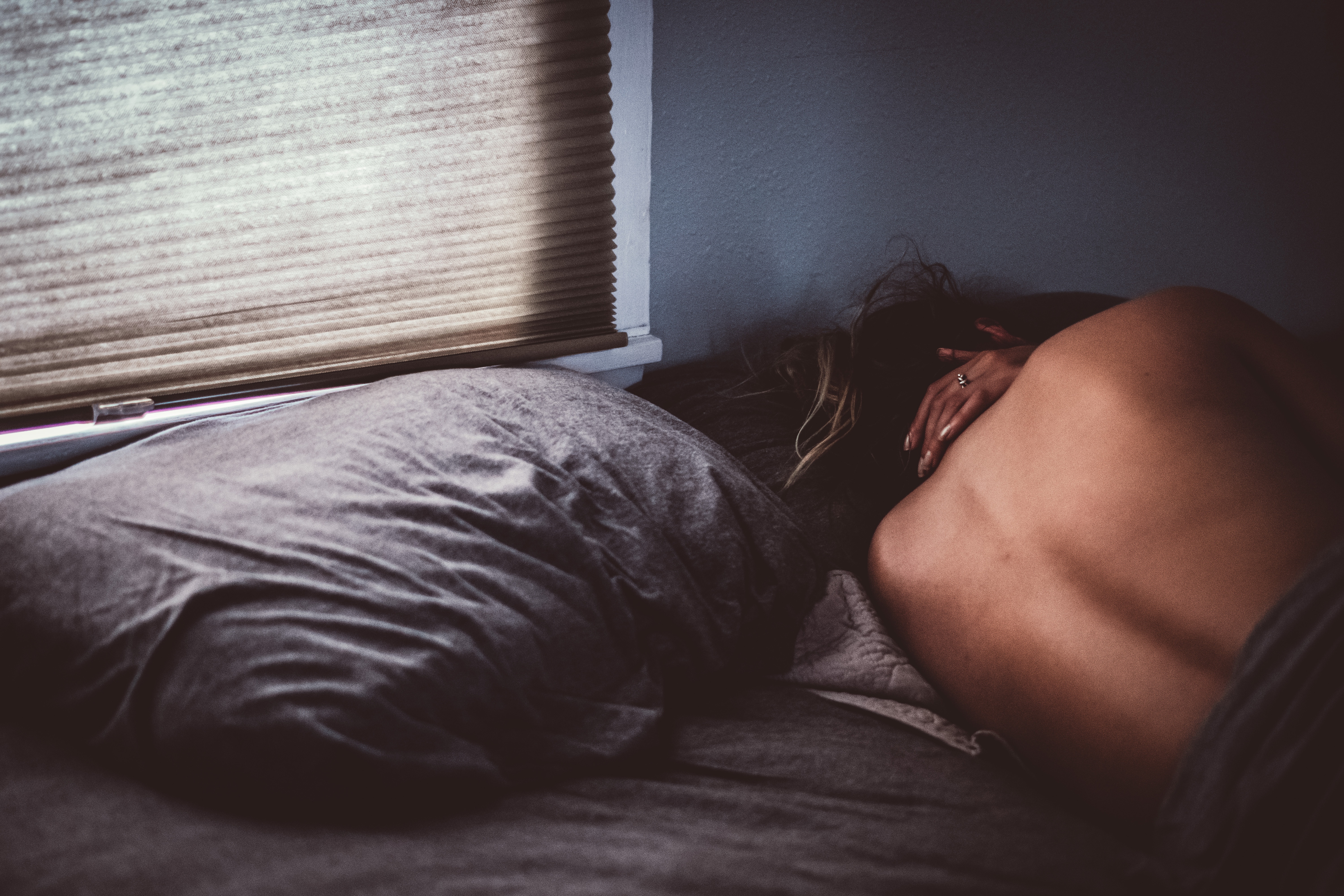Best Time to Work Out Based on Sleep Animal

Should you work out at night, mid-day, or morning based on your sleep animal: Lion, Bear, Dolphin, or Wolf?
Most people seem to think that waking up early and “getting after it” with a solid workout is the best way to start the day.
But what if I told you that this is simply not a realistic option for a large part of the population. And moreover, what if I told you that this was actually less effective for a large part of the population?
Well, that’s exactly the case.
And it comes down to your chronotype.
What is a chronotype?
Your chronotype can be thought of as the natural inclination of your body to sleep at a certain time – but it is also much more than that (Montaruli 2021).
Recent research has shown that your chronotype not only impacts your sleep and wake times, but also your appetite, your exercise performance exercise, your core body temperature, and even your mental acuity.
It is ultimately the reason you feel more alert at certain periods of the day, and sleepier during others.
Importantly, knowing your chronotype can help you structure your daily activities in a way that is most effective for you at an individual level. And this is particularly pertinent to exercise, where it can increase your performance during your session, subsequently increasing training results.
Related Article: Melatonin for Sleep: is it Safe?
Different chronotypes: what is your sleep animal?
Not too long ago, it was believed that people would fall into one of two categories – an early riser, who performed better in the mornings, or a night owl, who performed better in the evenings.
But over time we have come to the realisation that this two-chronotype system doesn’t fit everybody.
In fact, sleep specialist Dr. Michael Breus believe there are four distinct chronotypes that people fall into – described as Lion, Bear, Dolphin, or Wolf.
These are commonly known as your sleep animals.
The Bear Chronotype
The bear chronotype is arguably the most common of the four. Those that fall within this category tend to regulate their sleep and wake cycle according to the sun.
Bear chronotypes typically fall asleep quickly and without issue, but also wake quite easily. Their productivity is highest in the morning and peaks before noon, and they are prone to a dip in alertness between 2pm and 4pm.
The Wolf Chronotype
This chronotype is known for having trouble waking up in the morning. Those within the wolf category typically feel more energetic waking up later in the day, and experience peak productivity between 12pm and 4pm.
Interestingly, wolf types often get another boost in performance around 6pm, which suggests that late evening might be a good time to get some work done for these individuals.
The Lion Chronotype
Next up we have the lion chronotype. These guys like to rise early in the morning, often before the sun comes up. In fact, many people who fall into this category wake easily before dawn and perform the best up until midday – after which productivity slowly declines.
Most lion types wind down in the evening and like to have an early bedtime.
The Dolphin Chronotype
Finally, we have the dolphin chronotype – which is considered the least common.
Dolphins often have trouble following any sleep schedule, and struggle to get enough sleep due to their high sensitivity to light and noise. In this manner they can be thought of light sleepers who wake easily.
Despite this, they have a peak productivity window from 10am to 2pm, which aligns well with the typical workday.
The best time to workout based on your sleep animal
So, what does this mean for your workouts?
Well, as I alluded to in the introduction of this article, your chronotype can influence your exercise performance. In short, there are periods in the day where you perform better (i.e., run faster, lift heavier, and go for longer).
And if you consistently train at these times, this increased workout performance will develop into larger fitness adaptations – suggesting that aligning your workouts with your chronotype could be a worthwhile pursuit (Vitale 2017).
Which could look something like this:
- Bear: Those within the bear chronotype are going to be best served by exercising in the morning, before they start their workday. This is going to ensure that they maximise exercise performance, while also leaving ample time to stay productive at work before their post lunch dip.
- Wolf: The wolf chronotype should avoid working out in the morning where possible, because this is when their exercise performance will be at their worst. Instead, they should try and sneak in a session in the middle of the day, or even start working out at night.
- Lion: There are really two options with the lion. These early risers could be served well by an early morning workout, where you can be assured of high exercise performance. Conversely, they could also opt to train around midday, just as their productivity declines – allowing a solid session without impacting their work productivity at all.
- Dolphin: Given their poor sleep quality, dolphins could get some benefit from exercising in the late afternoon to assist them fall asleep. Conversely, training in the middle of the day is also a great option to maximise the results of their training – although this may not be suitable if they don’t want to cut into their most productive work time.
Is there a best type of workout based on your sleep animal?
A common question that comes up when discussing chronotypes and sleep animals relates to the type of workout that you may be best suited for – however, this is largely unimportant.
See, the type of exercise that you perform should be related to your goals.
For example, if you want to get stronger and build muscle, then lifting weights should be your first point of call. If you want to become an aerobic animal, then you will have to do a large amount of cardio.
And if you want to train for health, it is well established that doing a combination of both is key.
As such, the goal should be to choose your training based upon your goals, and then perform that training at the time that best suits you and your associated sleep animal – this is a great way to guarantee results.
Myths surrounding the ideal time to work out
When we are considering this topic, it is important to acknowledge some of the myths about workout timing that have been around for decades.
Some people suggest that training in the morning is optimal because it is when your body is primed to burn fat and maximise energy production. Others will suggest that training in the evening is better because this is when growth hormone is naturally at its highest.
However, as we have already discussed, this does not appear to be the case.
Recent chronotype research would indicate that individual who function better in the evenings are more suited to exercising in the evenings, and those who function better in the morning are more suited to training in the mornings.
As with most things in the world of health and fitness, there is no on-size-fits-all approach.
It should be tailored to the individual as much as possible.
Related Article: The Best Workout Combination: Endurance Training and HIIT
What if I cannot train in accordance with my sleep animal?
With all this in mind, it is important to note that if your schedule does not allow you to workout at the perfect time, it is not the end of the world – in fact, it is far from it.
There is some recent evidence suggesting that even if you train at the opposite time to chronotype, you will see improvement in health and performance. And moreover, you might even adapt to this, and begin to perform better at this time.
While it won’t be quite as good as training at the perfect time, as long as you are consistent with your training times, it will get pretty close (Vitale 2017).
How working out based on animal type affects sleep
Taking all this information into consideration, you might be wondering how working out based on your sleep animal can impact your sleep – and while the research is scarce, there have been some interesting findings.
Some research has indicated that if those people who function better in the morning start training in the evening, they will see a small decrease in sleep quality. This could explain why some people struggle to sleep after night-time exercise, while others can still fall asleep easily (Vitale 2017).
On the other hand, if those who function better in the evening train in the morning, their sleep quality remains the same – although their exercise performance is lower.
All of which has led some researchers to recommend that if you are a morning person who is forced to train in the evening, you should aim to finish up at least 90 minutes before bedtime, as this will minimise the negative impact on sleep (Miller 2020).
Best way to fuel for your ideal workout time
Finally, we also wanted to have a brief discussion about nutrition and workout fueling.
Fortunately, no matter you sleep animal, what you eat before and after exercise should remain the same.
There is a growing body of evidence indicating that you should try and consume a bolus of food that contains both protein and carbohydrates before training (Kerksick 2008).
The carbohydrates ensure you maintain muscle glycogen stores throughout your session, which can improve training performance.
This means greater output while training, coupled with a delay in the feeling of fatigue as the session progresses. Both of which can lead to increases in strength and size over the duration of a long term program.
Conversely, the protein ensures that you have adequate nutrients available to maximize muscle protein synthesis during and after training.
In a similar manner, eating a protein rich meal with a small amount of carbohydrates after training will further enhance protein synthesis and recovery, while also promoting the restoration of glycogen stores.
Finding your chronotype
Fortunately, finding out your chronotype so you can put tis into practice is actually pretty easy.
Dr Breus, the sleep specialist who came up with the chronotypes discussed above, has a free quiz available on his website that you can use to identify your individual chronotype – allowing you to maximise your health and fitness in the process.
This can be accessed here: https://thepowerofwhenquiz.com/
Final Thoughts
While it is not essential to improving health and fitness, there is certainly extra gains to be made if you start exercising according to your chronotype – and using the information presented in this article, you can.
References:
Montaruli, Angela, et al. “Biological Rhythm and Chronotype: New Perspectives in Health.” Biomolecules 11.4 (2021): 487.
Vitale, Jacopo Antonino, and Andi Weydahl. “Chronotype, physical activity, and sport performance: a systematic review.” Sports Medicine 47.9 (2017): 1859-1868.
Vitale, Jacopo Antonino, et al. “Chronotype and response to training during the polar night: a pilot study.” International journal of circumpolar health 76.1 (2017): 1320919.
Vitale, Jacopo A., et al. “Sleep quality and high intensity interval training at two different times of day: A crossover study on the influence of the chronotype in male collegiate soccer players.” Chronobiology international 34.2 (2017): 260-268.
Miller, D. J., et al. “Moderate-intensity exercise performed in the evening does not impair sleep in healthy males.” European journal of sport science 20.1 (2020): 80-89.
Kerksick, Chad, et al. “International Society of Sports Nutrition position stand: nutrient timing.” Journal of the International Society of Sports Nutrition 5.1 (2008): 1-12.
You Might Like:



















